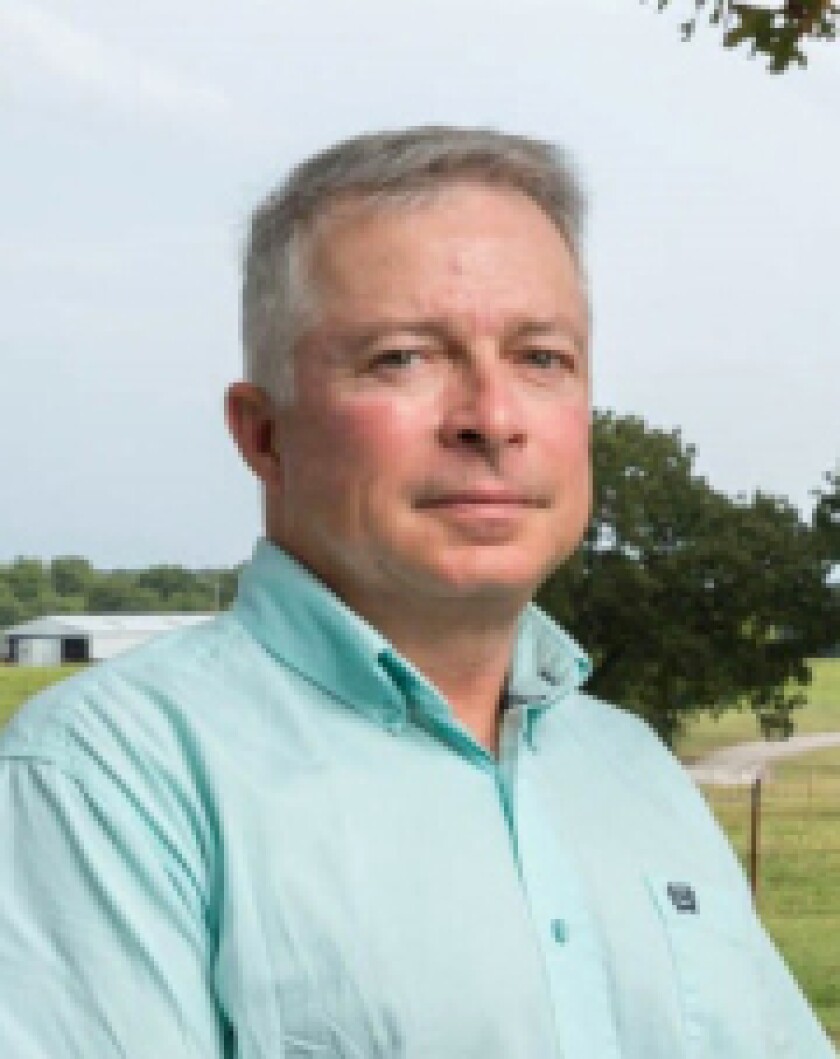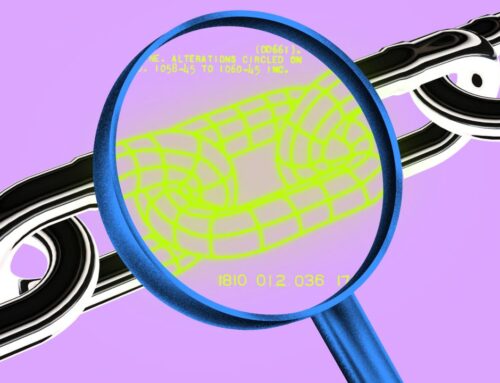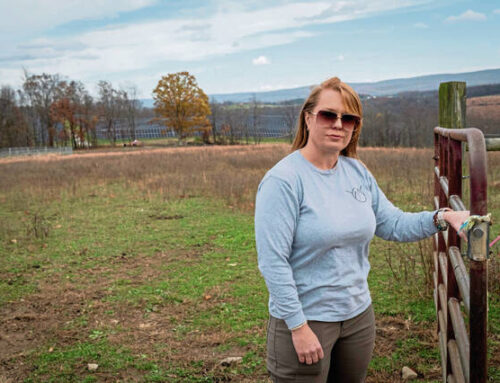Forage Matters: Is drought a cause for alarm or a natural part of our environment?
April 26, 2025

Contributed / NDSU
D _ _ _ _ _ _ is a seven-letter bad word. It seems like I have spent more years of my career dealing with drought or dry weather than I have average years, though no one seems to know what an “average” year is. While this may not be the reality of my career, it is my perception because I remember dry weather events more than I do those good years.
Drought is a normal part of climate, and where you live dictates how often you deal with drought conditions. A frustrating part of drought is that there is nothing we can do to prevent it. Folks back in the mid-1800s thought they had it figured out — that plowing the land brought rain, believing that “rain follows the plow.” This was during a wet period on the plains, and when conditions changed to a dry period, it led to the development of the Dust Bowl.
Defining drought can be confusing. Luckily, we have the drought-classifying drought monitor, available at
https://droughtmonitor.unl.edu/
. The drought monitor identifies areas of drought and classifies them by intensity from D1 (moderate drought) to D4 (exceptional drought). You can find state-by-state drought impacts by intensity for specified time periods by exploring the drought monitor website.
I dug into North Dakota data to see how many weeks within 2014-2024 some part of the state suffered from D2 drought. Drought intensity level D2 is important because it can trigger responses from the Emergency Livestock Assistance Program, the Livestock Forage Disaster Program and the Conservation Reserve Program Emergency Haying and Grazing. It is also at a level of intensity that crops, pasture and range losses would be expected to occur. Of the 572 weeks in the time period, 269 were reported at a drought intensity level of D2. That was 47% of that timeframe! It ranged from zero weeks in 2014 to all 52 weeks in 2021.
The point is, most of North Dakota is in a semi-arid environment. In semi-arid environments, drought frequency is much more common than in eastern regions, receiving 30 to 70-plus inches of rainfall per year. If you live in a semi-arid region, you expect drought, but it’s still a seven-letter bad word that no one wants to experience.
Management goals need to focus on the long term so that when the inevitable drought comes, you are prepared to withstand, survive and recover. If you are a pasture and range manager producing forage harvested by livestock, your goal is to have healthy, deep-rooted, robust plants entering a dry weather event. Then, you maintain the vitality of those plants through grazing management so plants can recover quickly once favorable growing conditions return. Fences and gates help with that.
In other regions where I have worked, many folks wanted to open all the gates and give the livestock free access to all grazeable areas once a dry weather period hit. By opening gates, you lose management control of the intensity and duration of grazing. Livestock-selective grazing will intensify, and the more desirable plants will suffer. Close the gates and maintain grazing management using your fence as a drought management tool. Even if permanent fencing is already in place, temporary cross-fencing can still give management advantages to help you get through a dry weather event. If crop residues are available for grazing, a temporary fence can help you get them grazed.
If you know of typically underutilized areas, a fence can help you push livestock into those areas. I have used temporary fencing to push livestock into an underutilized area due to no access to water. After getting them into the area and holding them for an hour or so, I pulled the fence and let them drift back to water. It worked well and gained me some additional grazing days. Poor water quality can develop during dry periods, and a fence can help you to exclude poor water sources.
Fence installation, charging and tools have changed a lot over the years. If you have never installed a fence or want to improve your fencing skills, I invite you to attend the fencing school held on April 30 at NDSU’s North Central Research Extension Center in Minot. The school will be held from 8 a.m. to 4 p.m. CST and will cover fence law, virtual fencing, conventional and electric fencing and cost-share opportunities. The afternoon session will be held out in the field where attendees can see actual fence installation and hands-on instruction. This will be an open forum event, and people are invited to share their own fencing ideas, tips and tricks. The fencing school is a free event, but registration is required for an accurate meal count.
To register and learn more, visit
ndsu.ag/fencingschool25
.
(James Rogers is a North Dakota State University Extension forage crops production specialist at the North Central Research Extension Center near Minot, North Dakota.)
Search
RECENT PRESS RELEASES
Related Post




